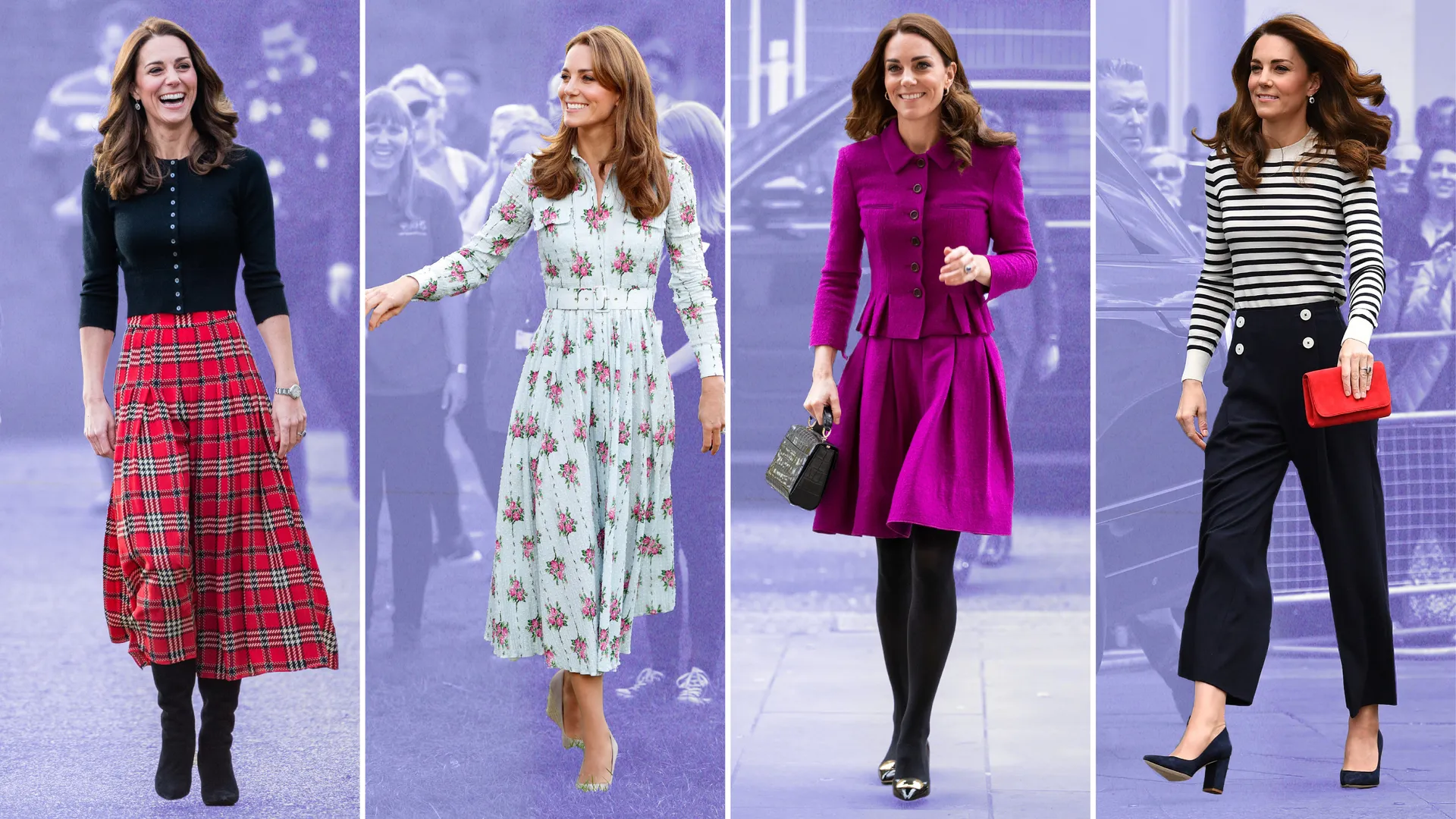In the realm of crisis communication, organizations seldom acknowledge the precise moment when control over the narrative slips away and becomes public. Suspiciously timed media opportunities often signal internal challenges.
The Kate Middleton News
Kensington Palace initially asserted that updates on the health of the Princess of Wales, Kate Middleton, would only be provided in case of “significant developments.” However, this commitment crumbled just days later when a paparazzi photograph of Kate, seated in the passenger seat of a vehicle driven by her mother, Carole Middleton, surfaced on TMZ. This unsanctioned photo, spreading rapidly, served a purpose – to quell rampant speculation about Kate’s health, dispelling wild rumors and conspiracy theories.
The problem arose when Kensington Palace, addressing Kate’s health, stated that she underwent “planned abdominal surgery” at The London Clinic. Predictably, this news generated significant interest. The carefully chosen language strategically provided cover, allowing the Palace to withhold detailed information, protecting Kate’s privacy, and creating a semblance of normalcy for her three children.
The bottom line underscores a vital lesson in crisis management – silence rarely proves golden. Kensington Palace’s decision to maintain secrecy surrounding Kate’s post-surgery condition inadvertently fueled the public’s hunger for information, leading the narrative into the hands of both the media and the masses.
Paparazzi Photo Frenzy
As Kate, the Princess of Wales, emerged publicly for the first time since her abdominal surgery, a photograph captured her being driven by her mother near Windsor Castle. This image, not authorized by Kensington Palace, appeared amid ongoing online speculation about her health. The palace’s limited updates, including her discharge from the hospital on January 29, contributed to heightened speculation.
Despite the ongoing conjecture, a palace spokesperson on February 29 reassured that Kate is “doing well” as she continues to recover. The spokesperson dismissed social media speculation, emphasizing Kensington Palace’s earlier guidance on providing updates only in case of significant developments.
Notably, Kate’s absence from public engagements led to conjecture about her well-being, compounded by her husband’s recent absence from a royal engagement due to a “personal matter.” The spokesperson clarified that Kate is unlikely to resume public duties until later in the spring.
The narrative took a turn toward the personnel changes at Kensington Palace, confirming that Lieutenant Colonel Tom White joined as Kate’s new private secretary. This role, vacant since 2022, was previously held by Hannah Cockburn-Logie. White, a decorated military figure, previously served as an equerry to the late Queen Elizabeth II.
In Kate’s absence, her charitable endeavors, including the Royal Foundation Centre for Early Childhood, continued their activities. Despite Kate’s recovery, Prince William returned to his public role, balancing responsibilities in light of King Charles III’s cancer diagnosis. The royal family’s engagements adapt, highlighting the challenges they face amidst health concerns and evolving roles within the monarchy.
The incident serves as a stark reminder of the challenges organizations face in crisis communication, where maintaining control over the narrative is an intricate and often elusive task. As Kate’s recovery continues, the royal family navigates not only personal health concerns but also the evolving roles within the monarchy and the unrelenting gaze of public curiosity.
FAQs
1. Why was Kate Middleton hospitalized for abdominal surgery?
Answer: Kate Middleton underwent planned abdominal surgery at The London Clinic, addressing a non-cancerous medical issue. The surgery aimed to ensure her well-being and required a period of hospitalization for recovery.
2. Why did Kensington Palace choose to keep details about Kate’s surgery private?
Answer: To protect Kate’s privacy and maintain a sense of normalcy for her family, Kensington Palace strategically chose to disclose limited details about the surgery. This decision aimed to balance transparency with the need for privacy during a challenging time.
3. What triggered the media frenzy surrounding Kate Middleton’s health?
Answer: The media frenzy was sparked by a paparazzi photograph of Kate, published on TMZ, showing her with her mother near Windsor Castle. This unsanctioned image aimed to dispel wild rumors and speculations about her health, adding an unexpected twist to the ongoing narrative.
4. When can we expect Kate Middleton to resume her public duties?
Answer: The timeline for Kate’s return to public duties is expected later in the spring. Kensington Palace has indicated that, following her recovery from surgery, Kate will gradually resume her royal engagements, allowing sufficient time for recuperation.
5. Who is Lieutenant Colonel Tom White, and why was he appointed as Kate’s private secretary?
Answer: Lieutenant Colonel Tom White, a decorated military figure, has been appointed as Kate’s private secretary to fill a role left vacant since 2022. With a background in equerry services to the late Queen Elizabeth II, White brings experience and expertise to support Kate in her various roles and responsibilities within the royal family.
